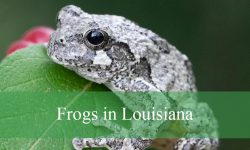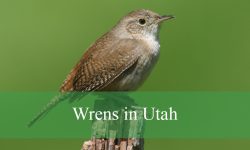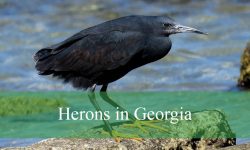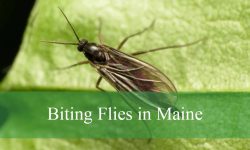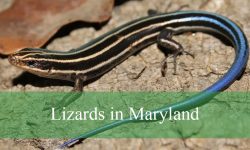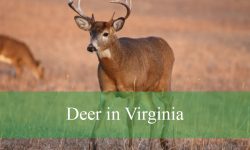Feral pigs are one of Florida’s most widespread and adaptable wildlife species, causing significant ecological and agricultural impacts. These animals thrive in forests, wetlands, and farmland, rooting through soil and crops in search of food.
There are three main types of feral pigs in Florida: Eurasian wild boars, feral domestic pigs, and Eurasian–Domestic hybrids. Each type has distinct physical traits, behaviors, and habitat preferences that make identification both fascinating and important for management.
Understanding these pigs’ appearance, size, diet, behavior, and reproductive habits helps wildlife enthusiasts, hunters, and conservationists observe them safely while appreciating their role in Florida’s diverse ecosystems.
Eurasian Wild Boar (Sus scrofa)
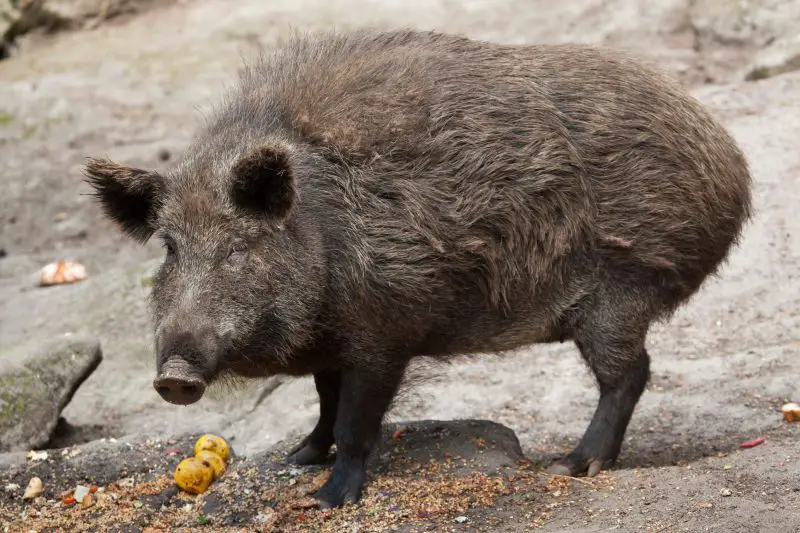
Characteristics and Identification
The Eurasian wild boar is one of the oldest types of feral swine found in North America, introduced centuries ago by Spanish explorers and later by settlers for sport hunting. In Florida, they remain an important contributor to the feral pig population. These animals are generally dark brown to black in coloration, though some individuals may appear reddish-brown depending on their ancestry and environment. Their coats are covered in coarse, bristly hair that provides protection from the elements and gives them a rugged, untamed look.
They are easy to distinguish from purely domestic-derived feral pigs because of their more angular build and primitive features. Their long, straight snouts are perfectly adapted for rooting, while their small, upright ears and sharp, curved tusks make them look fierce. Adult males often develop a distinctive mane or ridge of bristly hair that runs along their spine, a feature that becomes more pronounced during the breeding season. These boars also have relatively longer legs compared to domestic feral pigs, giving them greater speed and agility in the wild.
Size and Weight
Compared to feral domestic pigs, Eurasian wild boars are slightly smaller but significantly more muscular. In Florida, adult males usually weigh between 100–200 pounds, though exceptional individuals can reach 250 pounds or more under favorable conditions. Females, or sows, are noticeably smaller, typically ranging from 80–150 pounds. Despite their relatively moderate weight, these animals have a compact, powerful frame built for endurance and survival.
Their physical proportions allow them to be surprisingly fast and agile. Wild boars are capable of short, explosive bursts of speed that can reach up to 25–30 miles per hour, making them difficult to capture or hunt. Their sturdy build, reinforced by dense bone structure and muscular shoulders, also makes them highly resilient to predators and capable of surviving in harsh conditions. The contrast between their relatively smaller body size and their formidable physical capabilities highlights why they are such a successful invasive species.
Behavior
Eurasian wild boars are intelligent, cautious, and primarily nocturnal in Florida. They typically rest during the day in thick cover such as palmetto thickets or swampy undergrowth and emerge at night to forage. Their foraging behavior is highly destructive—by rooting and overturning soil in search of food, they create disturbed patches that disrupt plant communities, promote erosion, and damage agricultural fields.
Aggression is another notable behavioral trait. Wild boars are more defensive and combative than feral domestic pigs, especially adult males during the rutting season. When threatened, they can charge rapidly, using their sharp tusks to inflict serious injuries on predators, livestock, or even humans. At the same time, they are intelligent enough to avoid areas with heavy human activity and can alter their routines to minimize risk. This combination of caution and aggression makes them challenging for wildlife managers to control.
Diet and Reproduction
The Eurasian wild boar’s omnivorous diet contributes significantly to its success in Florida’s ecosystems. They consume a wide variety of food items, ranging from plant matter such as roots, tubers, fruits, nuts, and acorns to animal prey like small reptiles, amphibians, bird eggs, insects, and even carrion. Their feeding habits directly compete with native wildlife, including deer and turkeys, and they are known to raid crops such as corn, peanuts, and sugarcane, leading to economic losses for farmers.
Reproduction is another factor driving their rapid population growth. Sows generally reach sexual maturity by about 12 months of age, and under Florida’s warm climate and abundant resources, they can breed year-round. They usually produce two litters annually, each containing 4–6 piglets, though larger litters of up to 10 piglets are possible. Piglets grow quickly, and survival rates are high due to the absence of major natural predators, which allows wild boar populations to increase exponentially if left unchecked.
Habitat and Distribution in Florida
Although less widespread than feral domestic pigs, Eurasian wild boars have established localized populations across parts of Florida. They are most often associated with areas where they were originally introduced for hunting, particularly in central and northern Florida. These pigs thrive in forested regions, pine flatwoods, riverine swamps, and mixed hardwood lowlands, where dense vegetation provides both food sources and cover from predators and hunters.
Their distribution is patchy compared to other feral pig types, but they are frequently sighted near hunting preserves and private lands where past releases occurred. In some areas, hybridization with feral domestic pigs has blurred the distinctions between the two types, though pure Eurasian wild boar traits are still recognizable. Their adaptability to diverse habitats ensures that, wherever they occur in Florida, they are capable of becoming a persistent and damaging invasive presence.
Feral Domestic Pig (Sus scrofa domesticus)
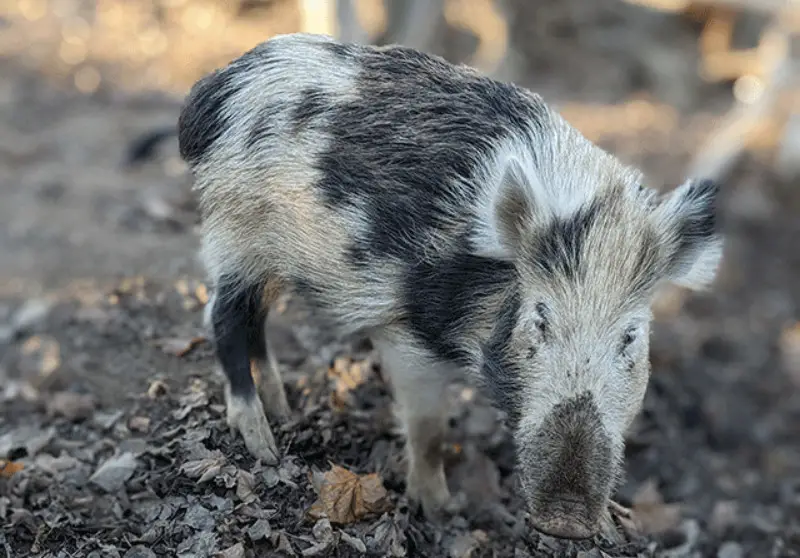
Characteristics and Identification
Feral domestic pigs are the most widespread feral swine in Florida and are descendants of escaped or intentionally released farm pigs that successfully adapted to the wild. Unlike Eurasian wild boars, their appearance is highly variable. Individuals can be solid black, reddish-brown, white, or spotted, and some show patterns inherited from domestic breeds.
Their bodies are shorter and thicker compared to wild boars, with less pronounced manes along the spine. Many retain domestic traits such as floppy ears, curled tails, and a rounder body shape. Despite this, feral domestic pigs develop a wild demeanor quickly, becoming wary of humans and predators. Adult males often exhibit prominent tusks, though smaller and less curved than those of wild boars.
Size and Weight
Feral domestic pigs are often larger and heavier than Eurasian wild boars, especially in Florida’s fertile environments. Adult males typically weigh 150–300 pounds, with some exceptionally large individuals surpassing 400 pounds. Females, or sows, are smaller, usually ranging from 120–200 pounds.
Their robust body size gives them an advantage in rooting for food and competing with other wildlife. Even though they are heavier, these pigs remain surprisingly agile and capable of short bursts of speed to escape predators or human threats. Their powerful shoulders and strong legs allow them to dig extensively, uprooting soil, plants, and sometimes even small trees in search of food.
Behavior
Feral domestic pigs are highly adaptable and opportunistic. They can thrive in almost any Florida environment but show a preference for areas near freshwater sources such as rivers, lakes, wetlands, and marshes. They are social animals, forming sounders—family groups led by a matriarch—composed of females and their piglets. Males are usually solitary, joining the groups primarily for mating.
Although generally less aggressive than Eurasian wild boars, feral domestic pigs are still destructive. Their rooting behavior disturbs native vegetation, damages crops, and alters soil structure, which can negatively affect local ecosystems. They are also intelligent and cautious, often avoiding areas with heavy human presence.
Diet and Reproduction
The diet of feral domestic pigs is highly varied, reflecting their omnivorous nature. They consume agricultural crops, grasses, roots, nuts, fruits, small amphibians, reptiles, insects, and occasionally small mammals. Their feeding habits can significantly impact native wildlife populations and agricultural production.
Reproduction is rapid and highly effective in Florida’s warm climate. Sows can reach sexual maturity at about 6–12 months of age and produce up to two litters per year, with each litter containing 5–10 piglets. Piglets grow quickly, often reaching a significant fraction of adult size within their first year. Without natural predators to limit their numbers, feral domestic pig populations can double annually under favorable conditions.
Habitat and Distribution in Florida
Feral domestic pigs are the most widespread type of feral swine in Florida, present in all 67 counties. They thrive in agricultural lands, freshwater wetlands, marshes, forest edges, and pine flatwoods. Densities are particularly high in central Florida, where cattle pastures and crop fields provide abundant food, and in the Panhandle, where river systems and swampy areas create ideal cover.
Their adaptability allows them to survive in urban-adjacent areas as well, creating conflicts with humans and native wildlife. This widespread distribution, combined with their high reproductive rate, makes feral domestic pigs the dominant and most ecologically impactful feral swine type in the state.
Eurasian–Domestic Hybrids (Wild Boar × Domestic Pig)
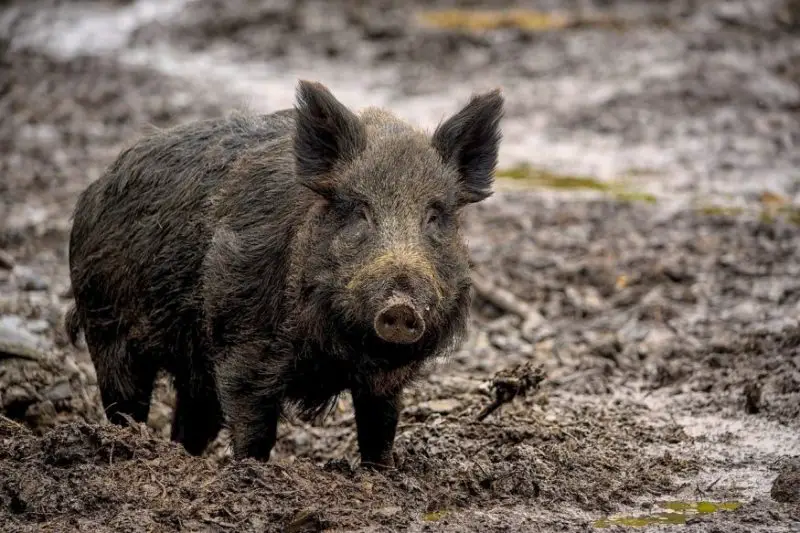
Characteristics and Identification
Eurasian–Domestic Hybrids are the result of crossbreeding between Eurasian wild boars and feral domestic pigs, a common occurrence across Florida. These hybrids usually display a blend of features: bristly, coarse coats similar to wild boars combined with the larger frame of domestic pigs. Tusks are well developed in males and can cause serious injury if threatened. Their coloration varies widely, ranging from solid black or brown to spotted or banded patterns. Because of these mixed traits, identifying hybrids can be challenging, especially in the wild.
Size and Weight
Hybrids tend to be larger than pure Eurasian wild boars yet more athletic than domestic pigs. Adult males typically weigh between 200 and 350 pounds, with some exceptional individuals surpassing 400 pounds. Their muscular frames and sharp tusks give them a strong physical advantage in the wild. Compared to wild boars, their body length is slightly greater, but they retain the wild boar’s agility, making them difficult to track or capture.
Behavior
These hybrids are considered the most adaptable type of feral pig in Florida. They adjust quickly to a variety of environments, from dense forests and wetlands to agricultural landscapes. They are intelligent and display wariness around traps and hunters, complicating management efforts. Hybrids often form foraging groups that increase the extent of habitat damage, uprooting crops, disturbing soil, and competing with native wildlife for food. Their aggressive tendencies are heightened when defending young or when cornered.
Diet and Reproduction
Hybrids are true opportunistic omnivores, feeding on crops, acorns, native vegetation, roots, amphibians, reptiles, small mammals, bird eggs, and carrion. They can switch food sources depending on availability, which contributes to their resilience. Reproductive rates are exceptionally high: females can breed as early as six months old, producing two litters per year with 6–8 piglets on average. This rapid reproduction, combined with their adaptability, allows hybrid populations to expand faster than either wild boars or feral domestic pigs alone.
Habitat and Distribution in Florida
In Florida, Eurasian–Domestic Hybrids are widespread, especially in regions where wild boars and feral domestic pigs were both introduced historically. They are particularly abundant in north-central Florida, along river basins, and within hunting preserves. These hybrids thrive in swamps, hardwood forests, pine flatwoods, and agricultural zones. They are also frequently observed near human settlements where food sources are plentiful. Because they combine the toughness of wild boars with the size and reproductive capacity of domestic pigs, hybrids are the most ecologically disruptive type of feral pig found in Florida.
Best Time and Places to Observe Feral Pigs in Florida
Feral pigs in Florida can be observed throughout the year, but the best times are usually during the early morning and late evening. These pigs are largely nocturnal, seeking cover during the heat of the day and foraging when temperatures are cooler. After rainfall, they become more active, moving across muddy terrain in search of food. Their rooting behavior often leaves visible signs such as disturbed soil, overturned logs, and broken vegetation, making it easier to locate areas where they have recently been. During the winter months, cooler temperatures encourage more daytime activity, especially in the morning and late afternoon, increasing the likelihood of observation.
Feral pigs occupy a wide variety of habitats in Florida, reflecting their high adaptability. In north-central Florida, they are commonly found along river basins and in hunting preserves where wild boars were historically introduced. These areas provide a mix of cover, food, and water sources, making them ideal for pigs to thrive. Swamps and hardwood forests offer dense vegetation for protection and an abundant supply of acorns, roots, insects, and small vertebrates, while pine flatwoods and agricultural zones, including cattle pastures and crop fields, allow pigs to forage opportunistically on crops, grasses, and nuts.
Wetlands, marsh edges, and soft-soil floodplains are particularly attractive to pigs for rooting, wallowing, and access to water. These areas help them regulate body temperature, maintain skin health, and find food with minimal energy expenditure. Observers can often detect pigs in these locations by following signs such as mud wallows, trails, and feeding sites, even when the animals themselves are hidden by dense vegetation.
Observing feral pigs requires patience and caution. The animals are intelligent and highly sensitive to human presence, often retreating at the first sign of disturbance. Areas where food sources are abundant or where pigs have established a routine foraging pattern are more likely to yield sightings. Understanding their daily activity patterns and preferred habitats significantly increases the chance of observing these adaptable and elusive animals in Florida.
FAQs About Feral Pigs in Florida
What are feral pigs and how did they get to Florida?
Feral pigs are wild descendants of domestic pigs and Eurasian wild boars. They were introduced to Florida primarily for hunting, and over time, some escaped from farms or hunting preserves. These escaped pigs adapted to the wild and established self-sustaining populations across the state.
How can different types of feral pigs be identified in Florida?
There are three main types of feral pigs in Florida. Eurasian wild boars are dark brown to black with bristly coats, upright ears, sharp tusks, and a muscular build. Feral domestic pigs are usually larger, with varied colors, shorter bodies, and may retain domestic traits such as floppy ears or curled tails. Eurasian–Domestic hybrids display a combination of wild and domestic features, including bristly coats, large bodies, sharp tusks, and high adaptability.
Are feral pigs dangerous to humans?
Feral pigs can be aggressive, especially when defending piglets or when cornered. Their sharp tusks are capable of causing serious injury. Observers are advised to maintain a safe distance and avoid approaching these animals in the wild.
What do feral pigs eat?
Feral pigs are opportunistic omnivores. Their diet includes roots, crops, nuts, fruits, insects, small mammals, reptiles, bird eggs, and carrion. They can adapt their feeding habits depending on the availability of food sources, which contributes to their high survival and reproductive success.
How quickly do feral pigs reproduce?
Feral pigs reproduce rapidly. Females can reach sexual maturity as early as six months old and may produce two litters per year. Each litter typically contains five to ten piglets. This fast reproductive rate allows populations to expand quickly in areas with abundant food and water.
Where are feral pigs most commonly found in Florida?
Feral pigs are widespread throughout Florida, present in all 67 counties. They are most commonly found in north-central Florida, along river basins, wetlands, hardwood forests, pine flatwoods, and agricultural zones. Hybrids tend to dominate regions where both domestic pigs and Eurasian wild boars were historically introduced, often causing significant ecological disruption.

